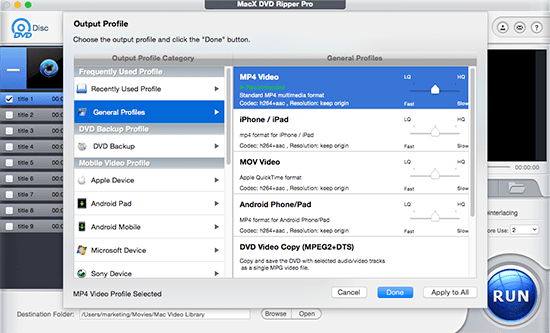


- #UDF TXT WRITE DEESTINATION DRIVER#
- #UDF TXT WRITE DEESTINATION FULL#
- #UDF TXT WRITE DEESTINATION CODE#
Given a string and a file path, this method opens the specified file, writes the string to the file using the specified encoding, and then closes the file. Given a string and a file path, this method opens the specified file, writes the string to the file, and then closes the file.įile.WriteAllText(path, createText, Encoding.UTF8) įile.AppendAllText(path, appendText, Encoding.UTF8) įile.WriteAllText(path, createText, Encoding.UTF8)įile.AppendAllText(path, appendText, Encoding.UTF8) If it is necessary to include a UTF-8 identifier, such as a byte order mark, at the beginning of a file, use the WriteAllText(String, String, Encoding) method overload with UTF8 encoding. This method uses UTF-8 encoding without a Byte-Order Mark (BOM), so using the GetPreamble method will return an empty byte array. ' This text is always added, making the file longer over timeĭim appendText As String = "This is extra text" + Environment.NewLineĭim readText As String = File.ReadAllText(path) ' This text is added only once to the file.ĭim createText As String = "Hello and Welcome" + Environment.NewLine String readText = File.ReadAllText(path) ĭim path As String = "c:\temp\MyTest.txt" String appendText = "This is extra text" + Environment.NewLine This text is always added, making the file longer over time String createText = "Hello and Welcome" + Environment.NewLine

String path = This text is added only once to the file. In this example a file is created, if it doesn't already exist, and text is added to it.
#UDF TXT WRITE DEESTINATION CODE#
The following code example demonstrates the use of the WriteAllText method to write text to a file. Rootdir= Override the root directory location.The caller does not have the required permission. Present UDF gives the inlet velocity for an assigned time say 0.03 m/s for 0-99 sec,0.06 m/s for 100-199 sec till 1.21 m/s for 3899-3999 sec so total 40 inlet velocities at 0.03 individual increment. The following expect a offset from the partition root.įileset= Override the fileset block location. Lastblock= Set the last block of the filesystem/ Partition= Override the PartitionDesc location. Volume= Override the VolumeDesc location. Session= Set the CDROM session (default= last session)Īnchor= Override standard anchor location. The remaining are for debugging and disaster recovery: This way the interactive user will always see the files Of the interactively logged on user, and also specify both the forget and That is, the source workbooks and the destination workbook is the same. Again, this method isn’t mandatory if the source workbook is already open. The line of code will be: ActiveSheet.Range('B3:D13').Copy. Next, we have to activate the destination worksheet. Owned by whatever default ID it is mounted with at that time.įor typical desktop use of removable media, you should set the ID to that Step 3: Activating the Destination Worksheet. To disk as -1, so when the media is later remounted, they will appear to be The forget option causes all IDs to be written

The ignore option causes the default ID to override all That are owned by nobody ( -1 ), they will instead look as if they are ownedīy the default ID. They will also accept the string "ignore" and "forget". They will accept aĭecimal numeric value which will be used as the default ID for that mount. The uid= and gid= options need a bit more explaining. The following mount options are supported:ĭmode= Set the default directory permissions.Īdinicb Embed data in the inode (default) Performance due to very poor read-modify-write support supplied internally
#UDF TXT WRITE DEESTINATION DRIVER#
Required for dvd+rw media, use of the pktcdvd driver often enhances
#UDF TXT WRITE DEESTINATION FULL#
While providing the hardware with only full packet writes. Instead the media can be formattedįor packet mode using the utility cdrwtool, then the pktcdvd driver canīe bound to the underlying cd device to provide the required bufferingĪnd read-modify-write cycles to allow the filesystem random sector writes Currentlyĭvd+rw drives and media support true random sector writes, and so a udfįilesystem on such devices can be directly mounted read/write. Write support requires a block driver which supports writing. If you encounter problems with reading UDF discs using this driver,


 0 kommentar(er)
0 kommentar(er)
